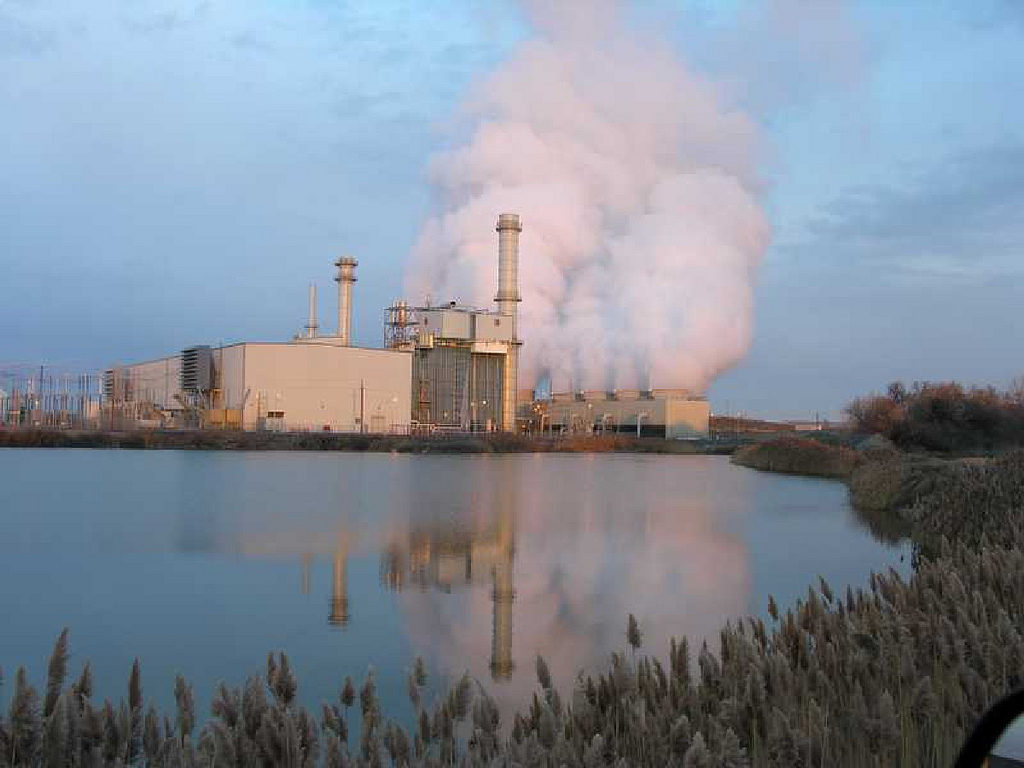
A recent study published in Nature Climate Change looked at what emission reductions are needed to meet the climate targets of the Paris Accords. The results are sobering.
Much of the climate discussion tends to center around the power sector. Eliminating coal power, reducing the use of gas plants, and converting the grid to clean renewables like wind and solar energy are a major focus as well they should be. But doing so will not be enough.
There are serious emission reduction bottlenecks associated with sectors that are not as easily decarbonized as power generation. In particular, there are fossil fuel emissions that originate in industries like cement and steel making; there are the emissions from the transport sector from cars, freight transport, and aviation; and there are the fossil fuel emissions associated with heating our buildings.
Keeping global warming below the 1.5-degree Celsius target or even a 2-degree target implies a tight limit on cumulative carbon dioxide emissions. This sets a carbon budget limit in total emissions that is very hard to maintain. In fact, the study concludes that to meet the 1.5-degree limit, it is no longer feasible to simply reduce emissions going forward. It will require negative emissions. In other words, technologies to actually remove carbon dioxide from the atmosphere will be required which are likely to be expensive and complicated.
Climate mitigation is a complex challenge that requires a rapid full-scale decarbonization of the electrical power system and also substantial reductions in industry, transport and buildings. It boils down to rather simple math in the end: if the climate targets are to be met, future CO2 emissions have to be kept within a finite budget.
**********
Web Links
Photo, posted December 2, 2010, courtesy of Portland General Electric via Flickr.
‘Clean Power Is Not Enough’ from Earth Wise is a production of WAMC Northeast Public Radio.
Leave a Reply